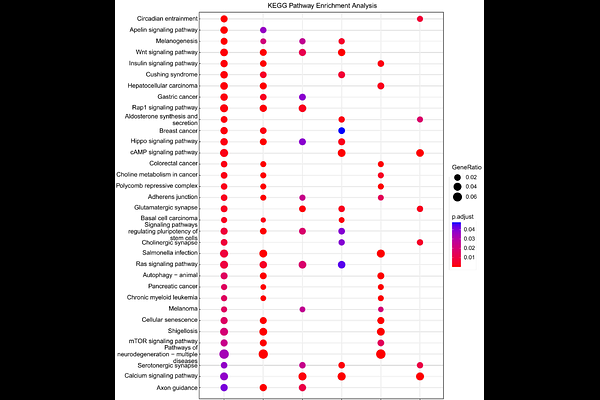Molecular Insights into Methyllysine Recognition by the Methyl-CpG-Binding Domain of MeCP2

Molecular Insights into Methyllysine Recognition by the Methyl-CpG-Binding Domain of MeCP2
Padhan, J.; Sudhamalla, B.
AbstractMethyl-CpG binding protein 2 (MeCP2) is a reader of DNA methylation and is highly expressed in the central nervous system. Loss of function mutation of MeCP2 which impairs its DNA binding ability causes Rett syndrome, while gain of MeCP2 function causes MeCP2 duplication syndrome. In the context of gene regulation, MeCP2 act as both transcription activator and repressor. Despite over three decades of MeCP2 discovery, the function of this enigmatic protein is largely unknown. Recent study on MeCP2 reported that, in addition to binding DNA, its MBD domain also binds to methylated lysine residues on histone H3 tail. Here we aimed to characterize the methyllysine binding pocket of MeCP2-MBD. Our analysis of MeCP2-MBD crystal structure reveals the presence of an aromatic cage formed by five residues, namely, W104, F132, Y141, F142, and F155, where the trimethyllysine of H3K27me3 binds, as confirmed in docking studies. Mutation of the aforementioned aromatic residues to alanine abolished binding of MeCP2-MBD with its reported ligand H3K27me3 in ITC and pull-down experiments. Additionally, our genomic analysis of publicly available ChIP-seq data revealed that MeCP2 localizes with canonical histone methylation marks like H3K4me3, H3K9me3, H3K27me3 and H4K20me3 in the genome and regulate critical biological and cancer related pathways. Promoters of MeCP2 regulated genes, show signature of H3K4me3 and H3K27me3. In the genomic level, mutation of aromatic cage residue W104A, significantly reduced chromatin occupancy of MeCP2 as demonstrated by ChIP-qPCR experiments. Overall, our study establishes MeCP2 as a histone methylation reader and its histone binding ability is critical for MeCP2 to tether into chromatin.